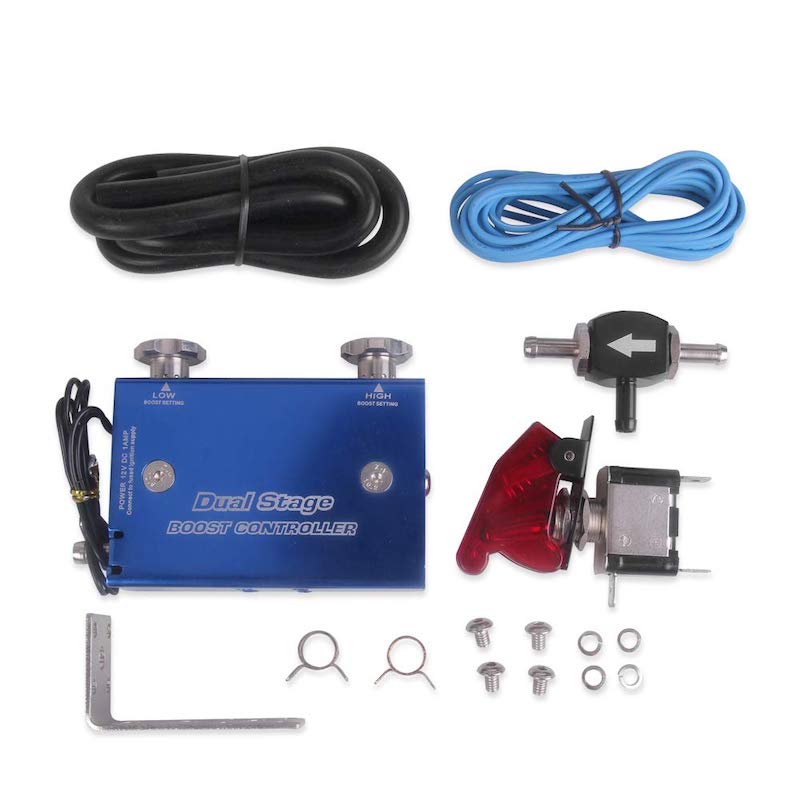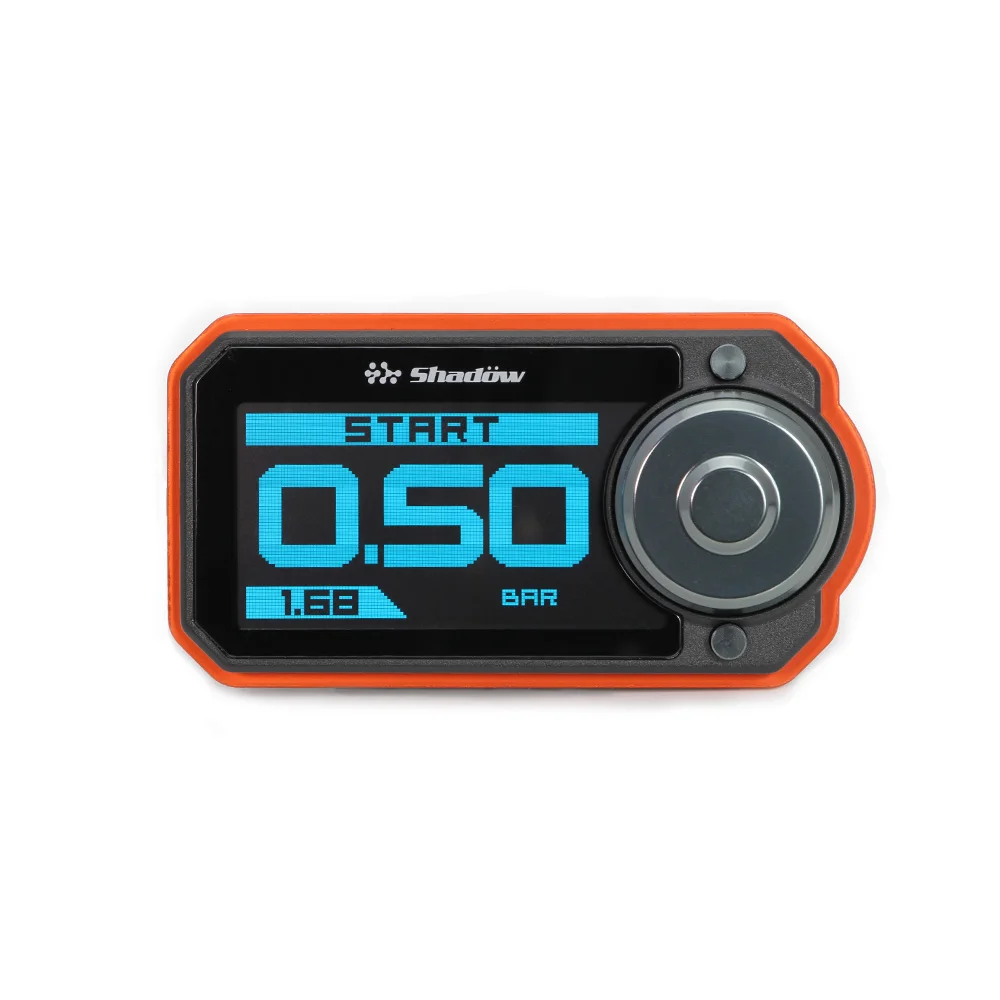Introduction
Electronic boost controllers are a type of device used to effectively control and regulate the amount of boost pressure that is supplied to the engine of a vehicle. They are commonly used in turbocharged or supercharged engines to optimize performance and ensure consistent and reliable power delivery.
Electronic boost controllers have revolutionized the way we control boost pressure in turbocharged engines. By utilizing electronic technology, these devices offer precise, customizable control over boost levels, allowing for improved performance and efficiency. In this comprehensive guide, we will delve into the world of electronic boost controllers, exploring how they work, their benefits, installation and tuning, popular options on the market, and much more.
Part 1: Understanding Boost Control
One of the key advantages of electronic boost controllers is their ability to provide precise and accurate control over boost pressure, allowing for optimal power delivery and engine performance. This is achieved through the use of electronic sensors and actuators, which work together to monitor and adjust the boost pressure in real-time.
Level 1: What is Boost Control?
Boost control refers to the regulation of the amount of air and fuel in the combustion chamber of a turbocharged engine. By increasing boost pressure, the engine can produce more power and torque. However, excessive boost can lead to engine damage, so precise control is essential.
Level 2: How Electronic Boost Controllers Work
Electronic boost controllers utilize a solenoid to precisely control the amount of boost pressure reaching the wastegate actuator. By adjusting the duty cycle of the solenoid, the controller can achieve the desired boost level, effectively optimizing engine performance.
Part 2: Benefits of Electronic Boost Controllers
Electronic boost controllers offer greater flexibility and customization options compared to manual boost controllers. They often come with a range of programmable features and settings, allowing users to fine-tune and adjust the boost levels to suit their specific performance requirements. This can be particularly useful for those who want to optimize their engine’s performance for different driving conditions, such as track racing or daily commuting.
Level 1: Improved Performance
Electronic boost controllers offer more precise and consistent boost control compared to manual controllers, resulting in improved engine performance and throttle response. This allows for better acceleration and overall drivability.
Level 2: Customizable Settings
Many electronic boost controllers allow for customizable settings, such as boost levels based on gear or speed, boost ramp-in rates, and integrated boost gauges, giving enthusiasts the ability to fine-tune their boost control to match their specific driving needs.
Part 3: Installation and Tuning
Level 1: Installation Process
Installing an electronic boost controller typically involves connecting it to the turbo, wastegate actuator, and the engine’s electronic control unit (ECU). It is essential to follow the manufacturer’s instructions and ensure proper calibration for optimal performance.
Level 2: Tuning for Performance
Tuning an electronic boost controller involves setting the desired boost levels, taking into account factors such as air-fuel ratios, engine load, and environmental conditions. Proper tuning ensures that the engine operates at its peak performance without risking damage from excessive boost levels.
Part 4: Popular Electronic Boost Controller Options
An electronic boost controller is a device used to control the amount of boost pressure in a turbocharged engine. It works by electronically regulating the flow of air and fuel to the engine, allowing for precise control of the boost level. This helps optimize engine performance and efficiency, as well as preventing damage to the engine from over-boosting. Electronic boost controllers typically feature a digital display and buttons for adjusting the boost pressure, making them easy to use and set up. They are often installed in performance vehicles to achieve the desired boost level for specific driving conditions, and can be a valuable tool for tuning and customizing the engine’s performance.
Level 1: AEM Electronics Tru-Boost Controller
The AEM Electronics Tru-Boost Controller offers a compact and feature-rich solution for precise boost control. It features a built-in boost gauge, scramble boost setting, and multiple boost presets, making it a popular choice among enthusiasts.
Level 2: Turbosmart e-Boost 2
The Turbosmart e-Boost 2 is a versatile electronic boost controller with advanced features such as gear-based boost mapping, peak boost recall, and a touch screen interface. Its flexibility and performance make it a top choice for high-performance applications.
Part 5: Tips for Maximizing Electronic Boost Controller Performance
Level 1: Regular Maintenance
It’s essential to regularly inspect and maintain the electronic boost controller to ensure proper functionality. This includes checking for any air leaks, cleaning the solenoid, and verifying proper electrical connections.
Level 2: Data Logging and Analysis
Utilizing data logging tools, such as a standalone ECU or onboard diagnostics, can provide valuable insights into the engine’s performance and reveal areas for potential improvement in boost control and overall engine tuning.
Part 6: Benefits of Electronic Boost Controllers
Another benefit of electronic boost controllers is their ability to offer advanced features such as boost control strategies, boost by gear, boost by RPM, and data logging capabilities. These features can help users to further optimize the boost control settings and ensure consistent performance across different driving scenarios.
Level 1: Improved Performance
- Electronic boost controllers allow for precise control over the boost levels, which can result in improved performance and power delivery.
- By ensuring the appropriate boost levels at all RPM ranges, electronic boost controllers can optimize the engine’s output and enhance overall performance.
Level 2: Customizable Settings
- Many electronic boost controllers offer customizable settings, allowing users to adjust the boost levels based on their specific performance goals and vehicle modifications.
- This flexibility enables enthusiasts to fine-tune their engine’s performance and achieve optimal results for various driving conditions and applications.
Part 7: Electronic Boost Controller Installation
Level 1: Locate the Vacuum Line
- Identify the appropriate vacuum line connected to the wastegate actuator on the turbocharger.
- This line is usually located near the turbocharger and connects to the wastegate actuator, regulating the boost pressure.
Level 2: Connect the Boost Controller
- Disconnect the vacuum line and install the electronic boost controller in-line with the wastegate actuator.
- Ensure proper wiring connections are made to provide power and ground to the electronic boost controller, following the manufacturer’s instructions.
Part 8: Electronic Boost Controller Tuning
Level 1: Initial Setup
- Follow the manufacturer’s guidelines to set the initial boost levels and configure the controller based on the vehicle’s specifications.
- It’s important to start with conservative settings and gradually make adjustments to avoid potential engine damage.
Level 2: Fine-Tuning
- Use a reliable boost gauge to monitor the actual boost levels and make adjustments to the electronic boost controller as needed.
- Fine-tune the settings incrementally, testing the performance after each adjustment to achieve the desired boost response and power delivery.
Conclusion
In addition to their performance benefits, electronic boost controllers can also help to improve the reliability and longevity of a vehicle’s turbocharged or supercharged engine. By providing accurate and consistent boost pressure control, these devices can help to prevent overboosting and other potential issues that can arise from improper boost pressure regulation.
Overall, electronic boost controllers are a valuable tool for those looking to maximize the performance and reliability of their turbocharged or supercharged vehicle. With their advanced features and precise control capabilities, these devices can help to unlock the full potential of a vehicle’s forced induction system and improve its overall driving experience.
Electronic boost controllers have significantly enhanced the way we control boost pressure in turbocharged engines. Offering precise and customizable control for improved performance and efficiency. Understanding how these devices work, their benefits, installation and tuning, popular options on the market, and tips for maximizing performance. Enthusiasts can fully utilize electronic boost controllers to unleash the full potential of their turbocharged engines.












